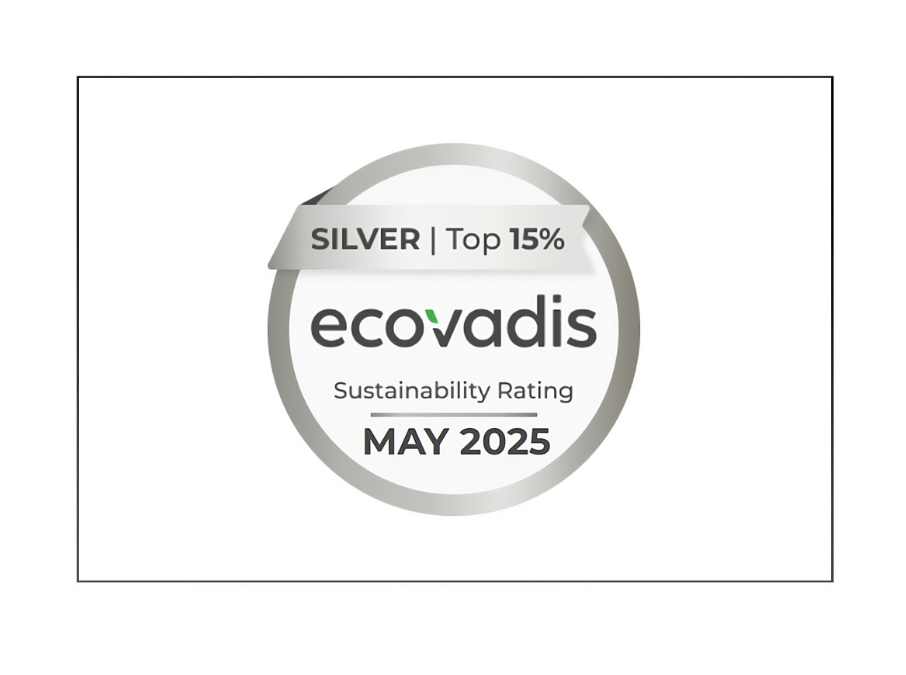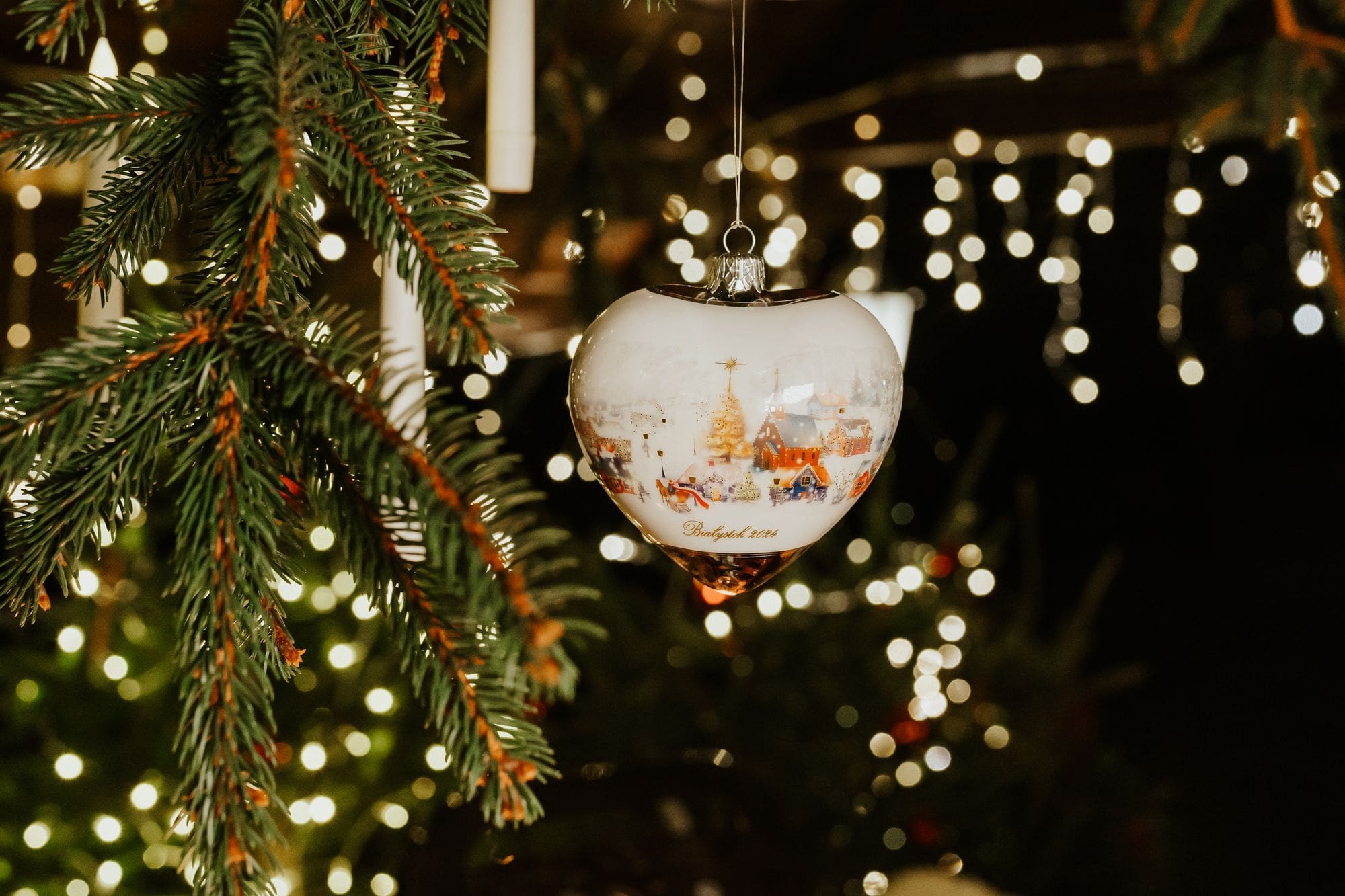Global challenge
Nearly three years ago the amount of packaging waste in Europe reached a record level of 173 kg per capita – the highest in the history. Consequently, the European Commission declared tightening of the directive concerning packaging which is to be allowed to enter into the market. Ultimately, the plan assumes that by 2030 all the packaging in the UE market must be suitable for viable reuse or recycling.
Fortunately, modern consumers are aware of the problem of ever-growing amounts of garbage which pollute natural environment. The report drawn up by Unilever discloses the fact that over 33% of consumers prefer brands which, in their opinion, act in a pro-social and pro-ecological manner. This shows a significant change in their shopping habits. Contemporary consumers want to pay for ecological products in more sustainable packaging in order to fight for the protection of the environment, with a relatively little effort on their part.
This is a strong message to manufacturers to be socially responsible. Therefore, new packaging solutions need to be balanced by meeting consumer expectations while being better for the environment.
Closed loop benefits
One way to minimize the amount of plastic packaging waste produced in an era of the continuous economic growth is to recycle and reuse it (downcycling).
Downcycling PET plastics, commonly used in single-use plastic packaging, may contribute to the reduction of growing amounts of plastic waste which threaten the soil, water, and air. It needs to be emphasised that reuse plastic material generates substantial decrease of the use of oil but, most of all, it significantly reduces the CO² emissions.
According to the report announced by Denkstatt, an Austrian consulting firm, it is more justifiable to use PET for bottles which originates from recycled PET rather than new “virgin” PET.
Post-Consumer Recycled (PCR) PET
Labels comprised of PCR PET, also termed rPET, combined with an rPET bottle makes it possible to obtain a fully balanced product. In the case of rPET bottles according to the study, the carbon footprint is equivalent to 0.45 kg of CO² whereas the carbon footprint fora virgin PET bottle would have the equivalence of 2.15 kg of CO².
In other words, the amount of carbon dioxide emissions during an rPET bottle’s life cycle is approximately 79% lower than in the case of a “virgin”l PET bottle.
Find a solution for your business
Here at Masterpress we offer post-consumer recycled PET solutions for both shrink sleeve labels and self-adhesive labels to help our customers achieve their targets of using recycled materials in their packaging.
Contact us for advice on integrating recycled content into your packaging labels!



